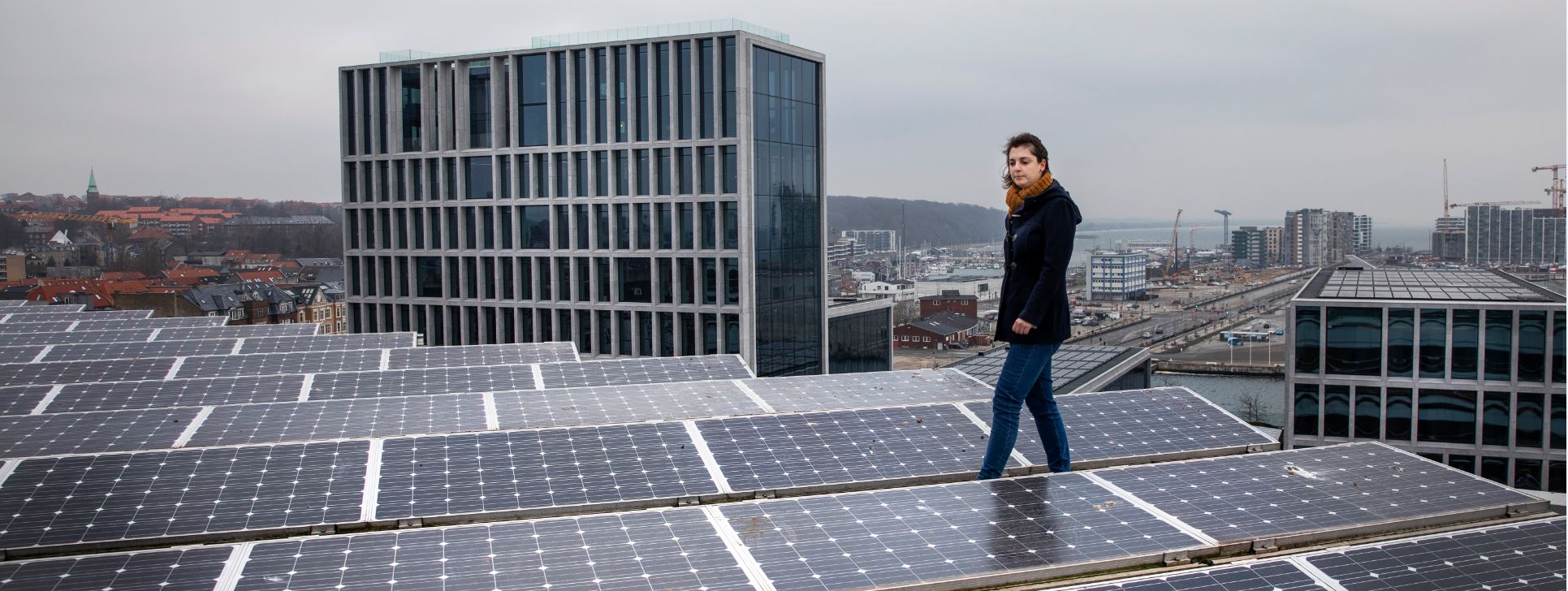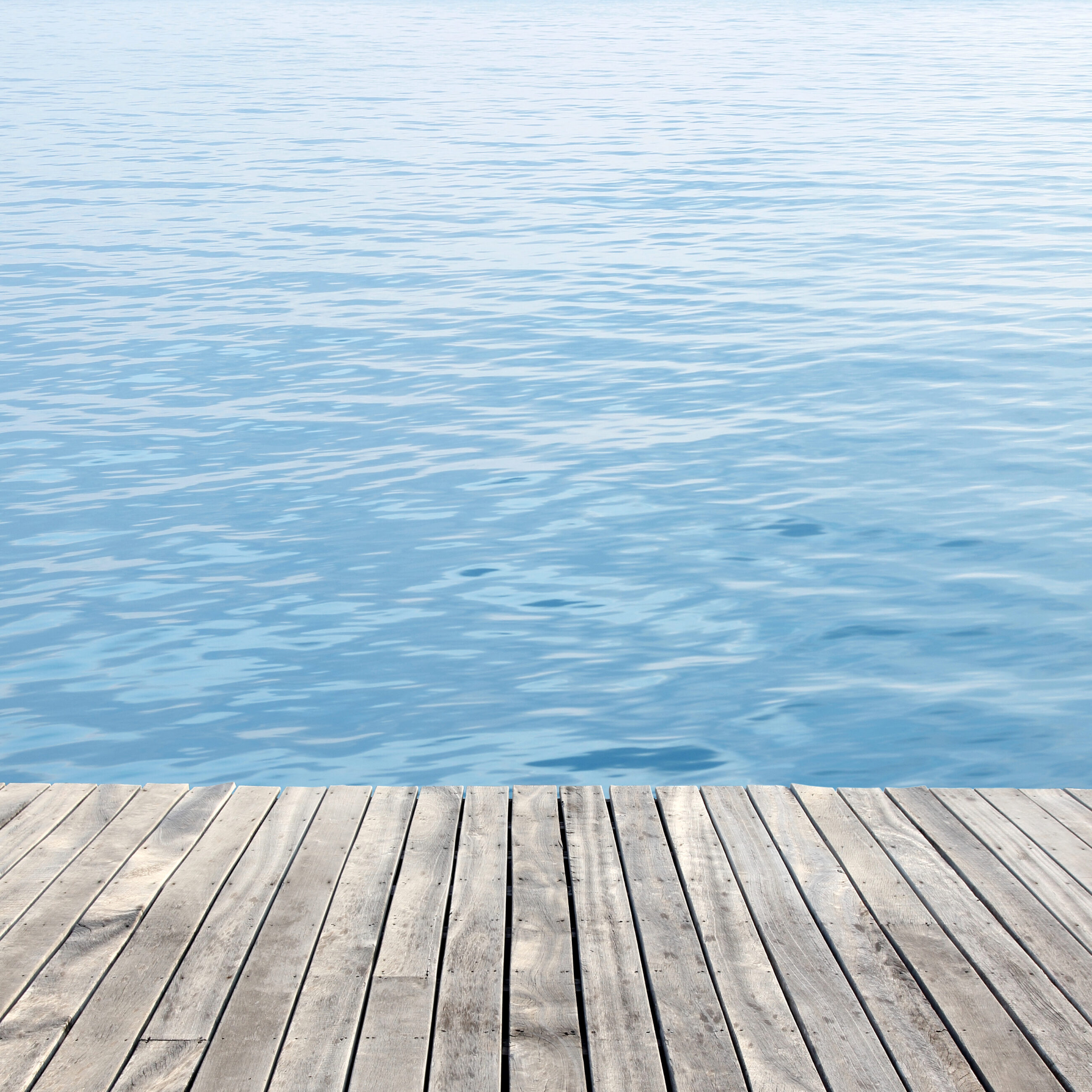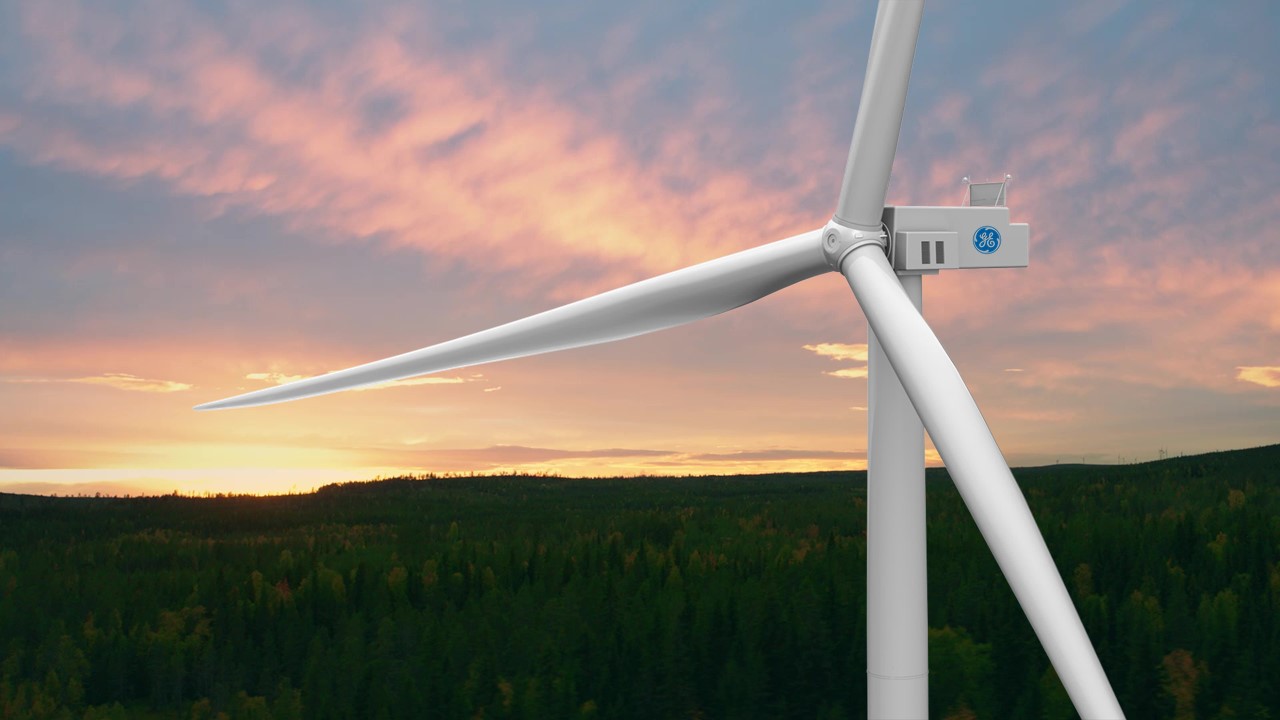News
Energy efficiency in industry
Offshore wind
Onshore wind
+5
New Danish project can change how we produce and consume green energy


In a world of renewable energy, what happens with energy supply and consumption when the wind is not strong enough and we need electricity? Or when the wind is too strong?
A new experiment in the Danish region of Lolland is trying to provide an answer to those questions. An increasing amount of renewable energy - from solar and wind sources – is challenging the Danish electricity grid technically as the production of the renewable energy varies.
In order to remove this barrier for Denmark's green transition, Danish Energy, Lolland’s local energy company Cerius, and Energinet published a tender that aims to provide more flexibility - either by wind energy companies being paid to shut down production or by companies in Lolland being paid to use more electricity during critical overproduction periods.
“We must maintain a high security of supply while also carrying out a green transition and thus contribute to the attainment of society's visions. That is why we naturally want to participate in flexibility projects that can provide new innovative solutions for us and the other grid companies,” said Web Director Birger Bagger Mikkelsen from Cerius.
The Danish energy and fiber network group SEAS-NVE – the owner of the local energy company Cerius - is looking into storing significant amounts of energy in hot stones.
-Related solution: Innovative energy storage: 600-degree hot stones are used to store green electric power
A solution to be used internationally
The energy grid is constantly expanding the Danish transmission network, in order to handle increasing amounts of green energy. It is time-consuming to pull cables and build transformer stations. Furthermore, it is not always possible - or economically optimal - to expand the transmission network quickly enough to meet the demand.
“We are testing how we can solve the challenges through a special market for local flexibility trading. I hope that both producers and consumers will report,” said Deputy Director General Anders Stouge of Danish Energy. He points out that the challenge can be solved by decreasing electricity generation or by increasing electricity consumption.
In the future, competition will be decisive for which production is down-regulated or which consumption can be increased. This creates new business opportunities for wind turbine owners and their balance sheet managers, as well as new market players who, for example, can control industrial consumption, electric cars and heat pumps.
The offer must provide practical experience for Energinet, Cerius and the other electricity grid companies to learn from. The hope is that the idea of local supply can later spread to the rest of Denmark and as a method that can be used all through the EU.
-Related solution: World’s largest offshore wind farm
Background on the tender for suppliers and consumers
With the tender for the pilot project published, wind turbine and solar power owners can get paid to reduce their energy production. Electricity consumers, typically large companies, can get paid to consume more energy. Both consumers and producers in the project must register as the so-called providers of flexibility services. This can be done until 15 February, 2020.
The offer is based on specific challenges in several parts of the country. When the wind blows strongly over e.g. Lolland, it is difficult for the transmission grid handling all the electricity produced by the area's wind turbines, and Lolland's own electricity consumption is often too low to absorb the electricity produced. Furthermore, when the cables up to the neighboring Danish region of Zealand carry all the green power they can, it is necessary to stop Lolland production.
Cerius' control room will have to deal with electricity generation and consumption in real time in a new way when the results of from the tender are available.
Sources:
You should consider reading
publications
Resource efficient production
+15















